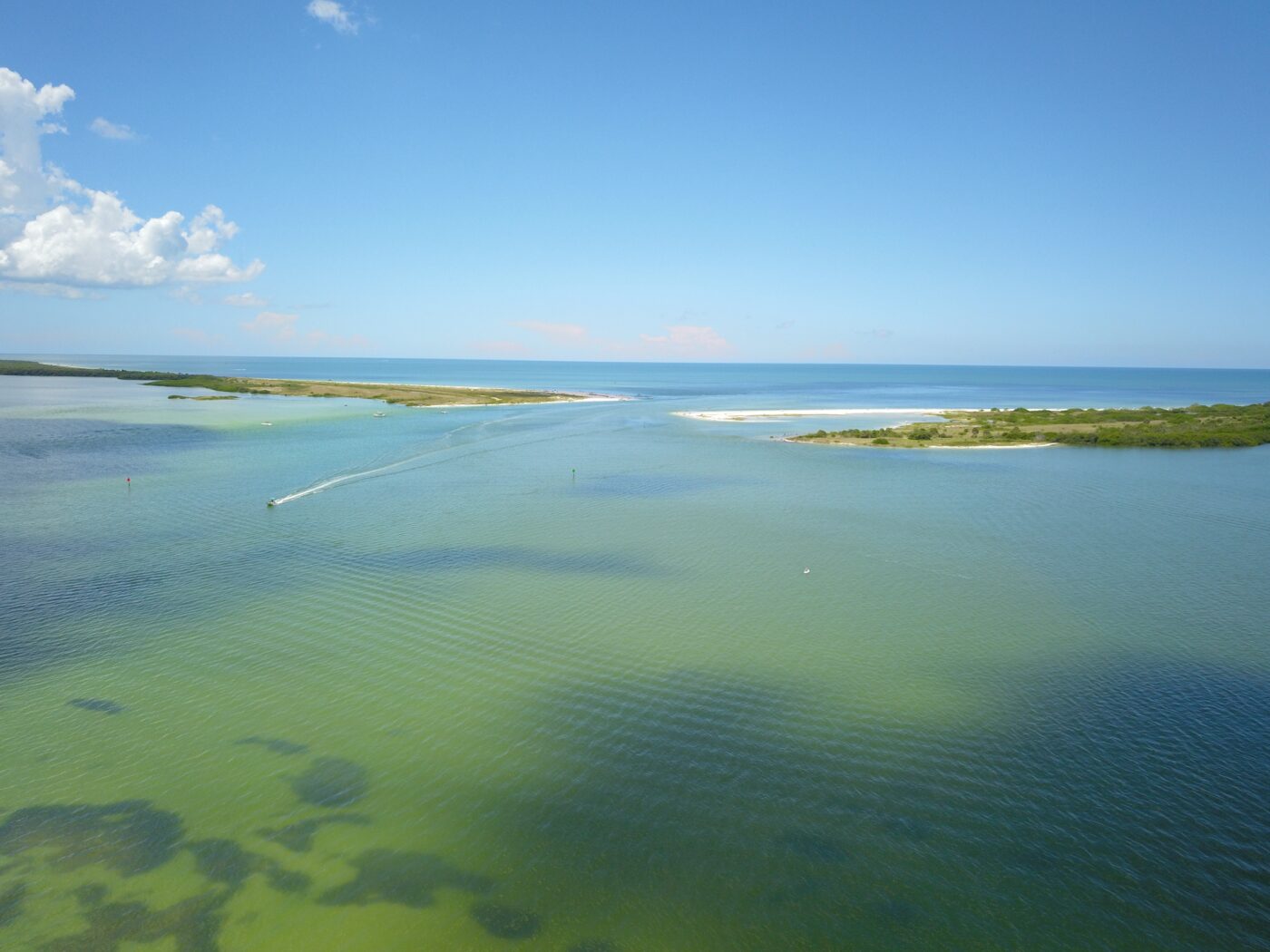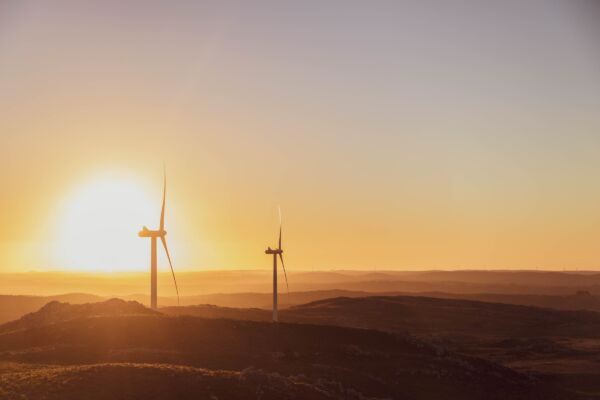The Gulf of Mexico stretches over 1,600 KM of coastline with its southwestern and southern parts in Mexico and the eastern, northern, and northwestern parts in the US. With vast areas of the gulf being less than 50 M deep, the geological conditions are ideal for offshore wind energy development. Some of the sections that could be considered for wind power extend 145 KM from the coast. This is particularly important because conventional offshore turbines can only be safely anchored in the seabed not deeper than this. In addition, the warm water temperatures and low waves facilitate the installation of wind turbines.
On top of that, the necessary infrastructure is already in place since large quantities of crude oil have been produced in the Gulf of Mexico for many years. For this reason, numerous Companies that provide the equipment for oil companies have moved their operations to this region, such as subsea welders, rig manufacturers, and helicopter and marine companies. The wind power industry can also benefit from their services. It can also draw on an existing network of almost 2,000 KM of submarine cables that transport the generated electricity to the coast.
The current status of wind power generation
Since the turn of the millennium, wind power has experienced a boom in Mexico. Step by step, the country wants to reduce its reliance on declining oil revenues and cut emissions. By 2018, 54 wind farms with a capacity of 4,935 MW had been built across Mexico. Today, there are already more than 7,000 MW which is an enormous increase that is due no small part to the wind power expansion in the Gulf of Mexico.
In the US, the share of wind energy in the electricity mix is steadily increasing, currently at about 9.2 percent. Since 2019, it has become the country’s largest renewable energy source. Recently, more coastal sites were designated for the construction of new wind farms – including many in the Gulf of Mexico.
Plans for the future
The Mexican government plans to generate more than 70 additional GW of electricity from renewable sources by 2030. Forty of these will come from wind energy – or so was announced by delegates at COP27 last year in Egypt.
Leopoldo Rodríguez, President of the Mexican Wind Energy Association (AMDEE), says that the private sector can deploy about 15 GW of it by 2030. This represents an investment of 15 billion USD and could create between 25,000 and 30,000 new jobs in Mexico.
The US government is also pursuing ambitious goals. In September 2022, the White House announced its intention to massively drive the expansion of offshore wind energy and is allocating 50 million USD for this effort. The aim is to achieve 30 GW by 2030, supplying around 10 million households with clean energy and creating 77,000 jobs.
There is Still Room to Grow
The expansion of wind energy on site is just the beginning. Several local companies want to use electricity to produce green hydrogen, which they need for their industrial processes. Up to now, most hydrogen gas has been produced using harmful fossil fuels. Gas also serves as an effective electricity storage medium. If more electricity than needed is available, green hydrogen can be produced from water using an electrolysis process. If required, electricity can then be recovered from it via fuel cell power plants.



